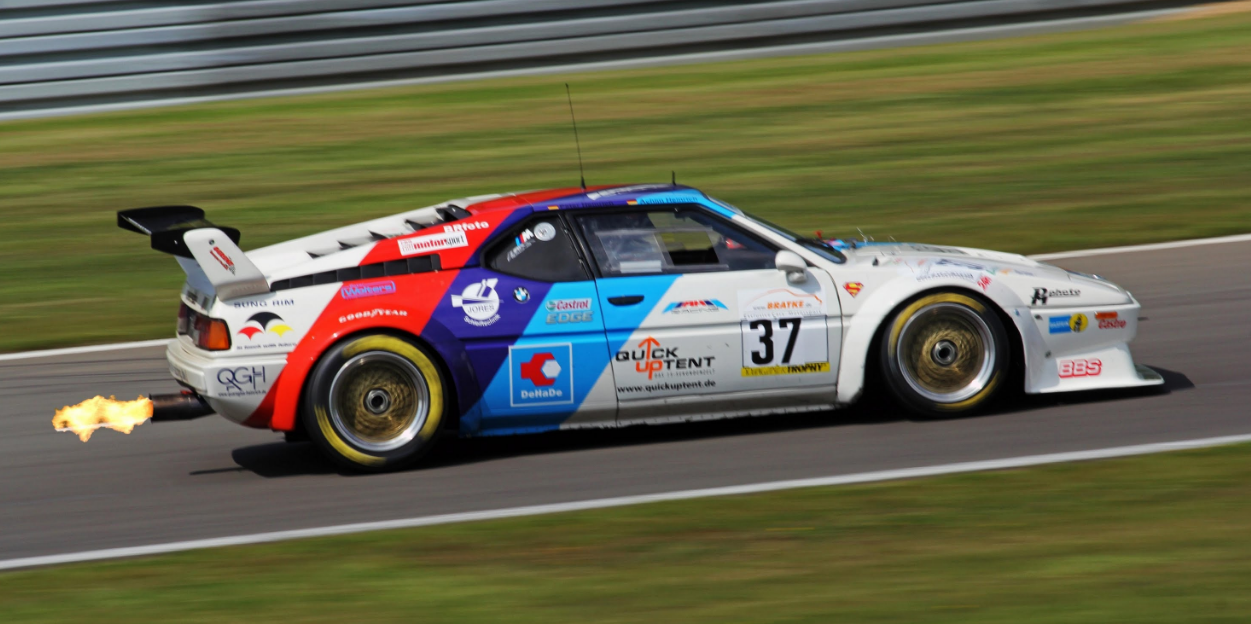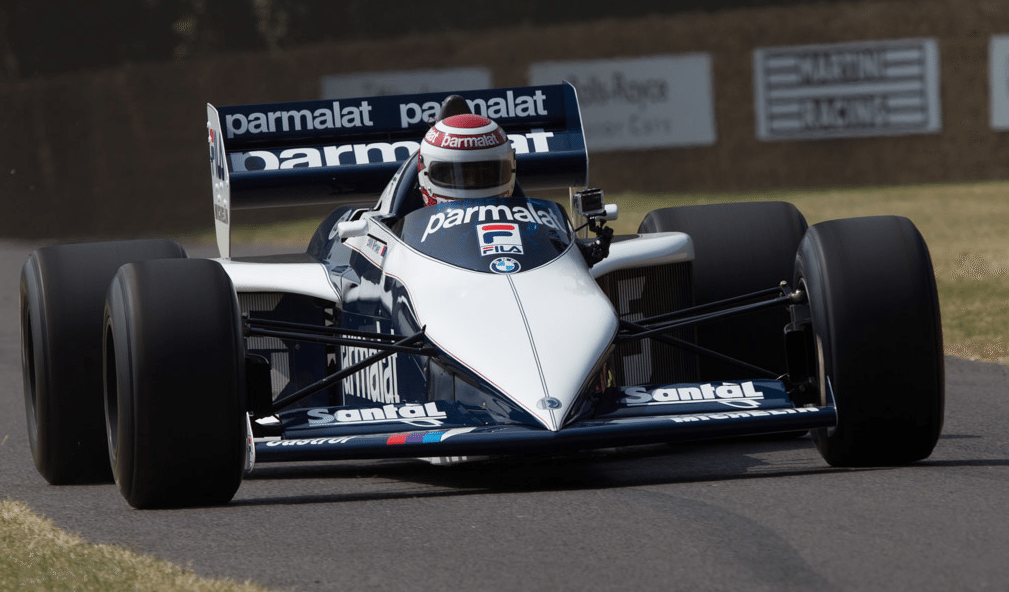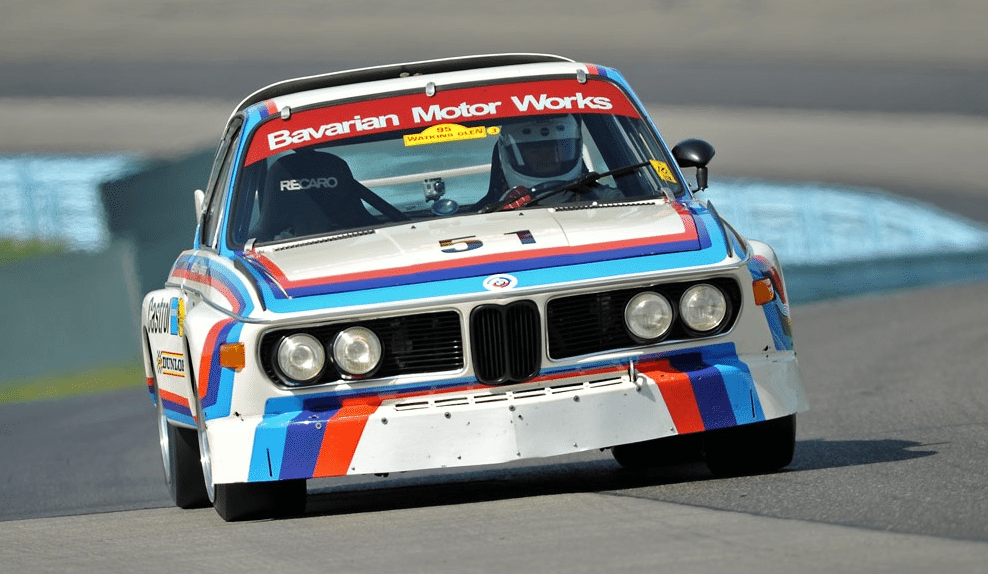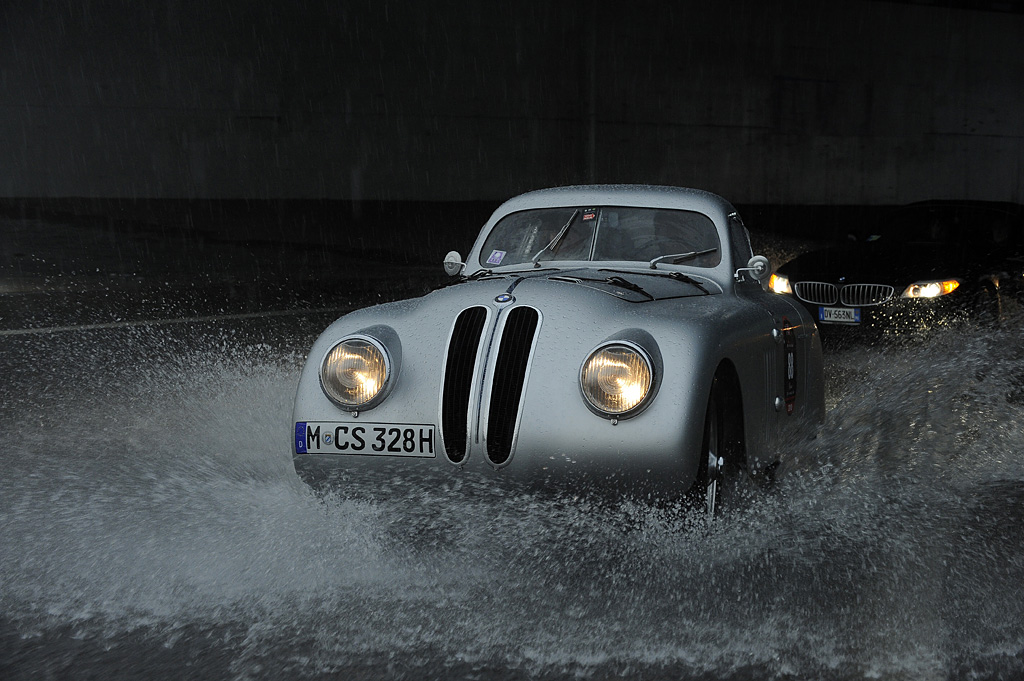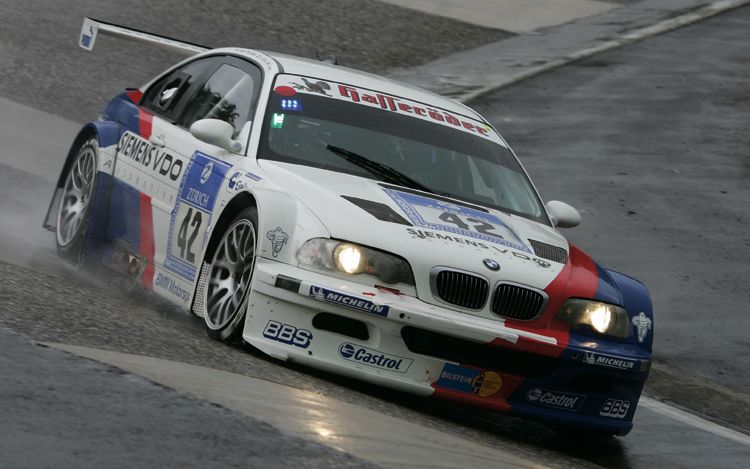The 8 Most Iconic BMW Race Cars Of All Time
You can’t credibly build the Ultimate Driving Machine if you don’t race (and win). Pure and simple.
It is no surprise then that BMW has a long history of racing success across all forms of motorsport.
Apart from the factory efforts, many privateer teams enter BMW road cars in Touring car racing. Given its connection to road cars, it is clearly an area where BMW focused a lot of effort. Cars like the Schnitzer M3 (E30) Sport Evo and CSL Batmobile (E9) as well as the entire Procar M1 series added a lot of credibility when buyers showed up to showrooms to see BMWs they could buy.
Over its storied history, BMW also entered cars or provided engines in Formula One, Formula Two and sportscar racing. It is also no stranger to endurance racing with its epic BMW V12 LMR (still a favorite here at the Supercars.net office).
Also see: Best BMW “Back to Future” Concepts, The 5 Best BMW Art Cars, The 5 Best BMW Engines Ever, The 10 Best BMW M Cars.
Brabham BT52
The Brabham BT52 was a Formula One car designed for the Brabham team by longtime Brabham designer Gordon Murray for the 1983 season. The car ran on Michelin tyres and was powered by the massively powerful BMW M12/13 turbocharged engine which in 1983 produced a maximum of approximately 800 bhp (600 kW) in qualifying trim, detuned to around 640 bhp (480 kW) for the races proper. Its drivers were 1981 World Champion Nelson Piquet and Riccardo Patrese.
Schnitzer M3 (E30) Sport Evo
The E30 M3 was constructed by BMW for a predominate purpose – to homologate a race car suitable for the European Touring Car Championship (ETCC). To accomplish this, BMW was required to construct 5,000 street-bound examples. The E30 3-series was the best suited automobile in BMW’s product line to undergo this transformation.
Certain rules in the racing series heavily influenced characteristics of the production M3. For example, the shape of the body of an ETCC entry could not be altered from the homologated version. The deep front spoiler, rear windscreen “cap”, rear trunk lid and spoiler were incorporated for high speed aerodynamic performance. The wide fender flares allowed large race tires and wheels to fit under stock bodywork.
In 1990, with an already successful agenda on the track, BMW introduces the Sport Evolution. The Sport is the third and final special edition Evolution M3 and by far, the most radical of the street-going M3’s. Production reaches 600 to surpass the 500 models required for homologation in Group A DTM.
While there are many specific alterations to the Sport Evo which vary from the standard M3, several modifications focus on achieving maximum competitive advantage in Touring Car racing. Rules of the time require that racing models (a) run the same engine and displacement as the homologated car and (b) no sheet metal or aerodynamic aids can vary from the homologated model.
For this reason, the Sport Evolution displaces 2467cc, nearing the 2500cc Group A limit. The Sport Evo is equipped with a multi-position adjustable front splitter and rear lip spoiler so that downforce can be dialed in on a per track basis. Wider fender wells allow clearance of larger 18″ racing wheels.
Procar M1
The BMW M1 Procar Championship, sometimes known simply as Procar, was a one-make auto racing series. The racing cars, designed to meet Group 4 technical regulations, shared only some basics from the M1 road cars. All cars were identical.
A deep spoiler was added under the nose of the car, while an adjustable wing was added on two mounts at the rear of the engine cover. The Procar M1s were extensively modified engine wise. In race spec they produced 470 horsepower at 9000 rpm. The suspension was entirely new, adding adjustable anti-roll bars. The brakes were redesigned to adapt the use of a driver-adjustable brake pressure balance, while the servo-activated braking system was removed. A racing steering rack was used in place of the standard power steering unit.
The performance of the Procar M1s was increased to a top speed of 311 kilometres per hour (193 mph) dependent upon gear ratios, and acceleration from 0–100 km/h (62 mph) in 4.3 seconds.
CSL Batmobile (E9)
To meet constrictive homologation regulations of the Group 2 racing class, BMW engineers developed a limited production run of ‘homologation specials.’ Based on the 3.0 CS coupe production car, the CSL (‘L’ is for lightweight, referring to the aluminum doors and hood) began an assault on European touring car racing that would make it one of the most successful production racers of all time.
The trim was removed and thinner steel was used for the main body shell. Aluminum alloy was used for the doors, bonnet, and boot lid. Perspex was used for the side windows. These efforts resulted in a reduction of weight by 300 lbs. Initially, they were powered by an over-bored engine enabling it to compete in the over 3-liter class.
The 3.0 CSL was powered by a 206 horsepower for road use and over 300 horsepower for the track. The engine’s stroke was increased in 1973, upping the capacity to 3,153cc. From mid-season forward, the racing CSLs used the so-called ‘Batmobile’ aerodynamic package, developed at Stuttgart University. This package consisted of a front chin spoiler, large rear wing and various other modifications. The boot was illegal for road use in Germany and left in the boot for final installation after purchase.
328 Touring Coupe
Spring 1940. In Italy all attentions are focused on bringing the Mille Miglia back to life with a new course. Two 328 Touring Coupe’s were entered by BMW. Fritz Huschke von Hanstein and Walter Bäumer would drive the Touring Coupé, while two outstanding Italian drivers – Count Giovanni Lurani Cernuschi and Franco Cortese – had been recruited to pilot the works Kamm Coupé.
Almost immediately, the 328 Touring Coupé, reeled off the fast laps. They set the fastest time ever recorded in a sports car race with an average speed of 174 km/h. The Coupé was gradually building up an unassailable advantage over the chasing pack. In the end, it was Walter Bäumer who had the privilege of driving the Touring Coupé across the line to claim overall victory. In a race dominated by the Italians, this was an epic victory.
 M3 GTR (E46)
M3 GTR (E46)
It was originally fitted with a 3.2L inline-six engine based on the engine of the standard E46 M3. The car first entered the GT class of the American Le Mans Series in 2000, in which it only took a single victory and was beaten on several occasions by the Porsche 911 GT3-R.
The new engine gave the BMW M3 GTR a competitive edge over the Porsche 911 GT3-R and allowed the M3 GTR to win seven out of the ten events in the GT category in the 2001 season.
A newly developed P60B40 V8 engine was quickly placed into the race car before the beginning of the 2001 season. It was developed alongside the BMW V10 engine that was used to power Williams Formula 1 cars during the 2001 F1 season. The old engine was ditched as BMW’s engineers couldn’t squeeze any more horsepower out of it. The BMW M3 GTR was a dominant competitor throughout the single season that it contested.
BMW V12 LMR
The BMW V12 LMR had a bumper year in 1999. BMW won its debut event with the new sports car – the Sebring 12 Hours in Florida, USA. The triumphant team numbered Tom Kristensen (DK), JJ Lehto (FIN) and Jörg Müller (D). In June, Yannick Dalmas (F), Pierluigi Martini (I) and Joachim Winkelhock (D) won the Le Mans 24 Hours against arguably the most powerful rivals in the history of this event. With co-driver Steve Soper (GB), Lehto went on to claim three further victories in the ALMS.
It all started after the 1998 24 Hours of Le Mans in which both BMW V12 LMs had failed to finish due to mechanical issues (they were slow anyway due to made aero design). BMW Motorsport made the decision to radically revamp their endurance race cars and quickly replace the V12 LM with a new car for 1999, the V12 LMR. Big aero changes, better cooling and a revised BMW S70/3 5990 cc V12 made a big difference. It was a dominant in 1999 – everywhere.
Bonus Material: Videos of All The Famous BMW Race Cars At One Event
BMW 100 Year Anniversary Special was basically a gathering of all their awesome race evers in one place. There are V12 LMRs, many M1 Procars, E92 M3 GT2s, Formula 2, Z3 GT3 and more!
BMWs winning Le Mans prototype V12 LMR from 1999 driven here by Steve Soper. The E92 M3 GT2 on hand is the podium finisher at Le Mans 2011. The 1978 Championship winning March-BMW 782 Formula 2 made an appearance, driven by Jan Lammers. A small prototype, the Chevron BMW B21 from the early 70s driven then and now by Toine Hezemans is shown later in the clip. There are many more of course, including an E30 M3 DTM , M1 Procar and M635 Csi driven here by Harold Grohs. Enjoy.





